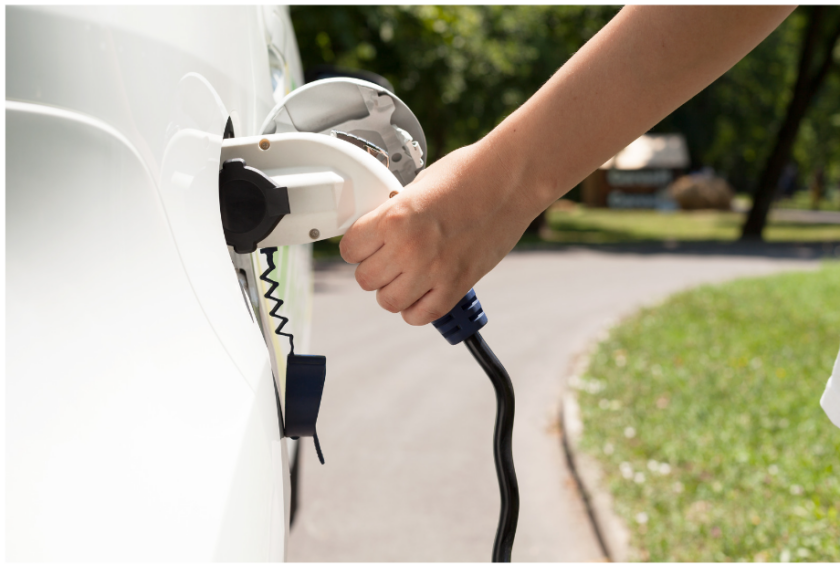Calculating the actual cost of charging an Electric Vehicle (EV) at home can be tricky. It’s not like you can keep a copy of your receipts like when you purchase petrol at a service station. So, the ATO has prepared the following draft guidelines to simplify the process for EV owners.
The ATO website has created a handy Fact Sheet and a Draft Practical Compliance Guideline, PCG 2023/D1 to help explain the draft guidelines.
However, our advisers have prepared this brief article that explains the process of easily calculating the EV charging rate for employers and employees.
EV Home Charging Rate: How to calculate the cost of electricity used to charge an EV at home.
The guideline sets out a cents-per-kilometre methodology to calculate the cost of electricity when an electric vehicle (“EV”) is charged at an employee’s premises or an individual’s home.
The rate for the FBT tax year or income year commencing on or after 1 April 2022 is 4.2 cents per kilometre. This rate (the “EV home charging rate”) is multiplied by the total number of relevant kilometres travelled by the electric vehicle (not a hybrid) in the relevant income year or FBT year.
For example:
If the owner drove 20,000 kilometres in a year, the EV home charging rate would be $840 for the year.
Can I use the Home Charging Rate Method for Hybrid Vehicles?
No, the EV home charging rate only applies to zero-emission vehicles, so if the vehicle is a plug-in hybrid with an internal combustion engine, the EV home charging rate cannot be used.
Do I need to use this method, or can I use the actual cost?
Employers and individuals can decide whether they want to use the methodology in the draft or determine the cost of electricity by calculating its actual cost. Note that the method you choose is per vehicle and applies to the whole income or FBT year. However, employers or individuals can change the method from year to year.
When final, the PCG will apply from 1 April 2022 for FBT purposes and 1 July 2022 for income tax purposes.
What do Employees need to do to use the EV Home Charging Rate Method?
Employees can use the Home Charging Rate Method so long as they:
- Charge their car at home at least some of the time, and the cost cannot easily be separated from the cost of other household electricity usage.
- Keep a record of home electricity costs incurred; and
- Maintain an odometer reading from April 1st, 2022. An estimate of kilometres travelled in 2022/23 may be used if odometer records were not kept on 1 April 2022.
Note that the rate applies regardless of the mix of home charging, charging at work, and paying for charging elsewhere (so it is the total charging cost for the financial or FBT year).
How can Morrows Help?
If you own an electric vehicle or are considering purchasing one for your fleet or for yourself and would like to understand the costs and tax implications, please reach out to your Morrows Advisor. Our experienced advisors can help you decide if it’s the right choice based on your circumstances.





